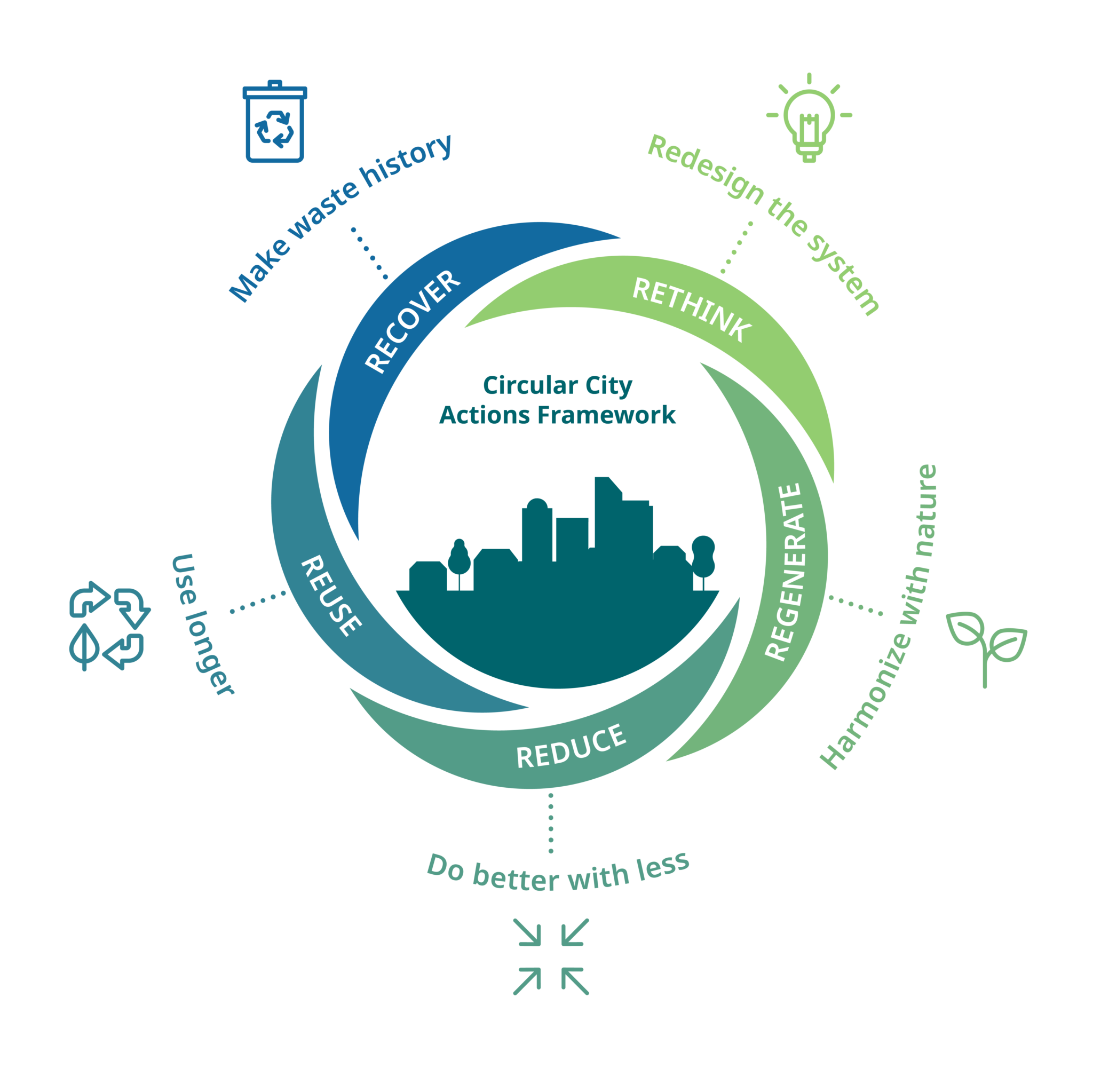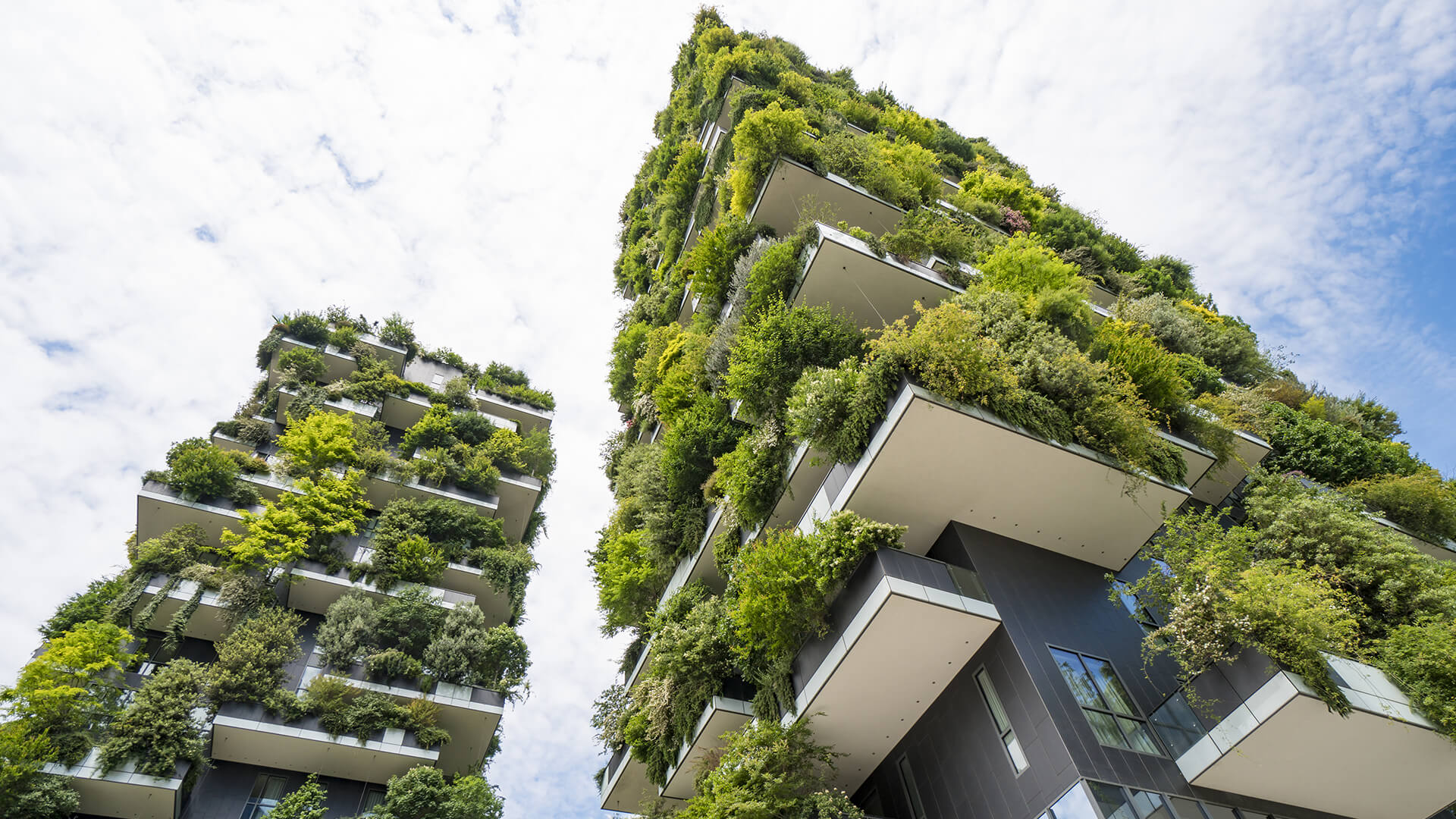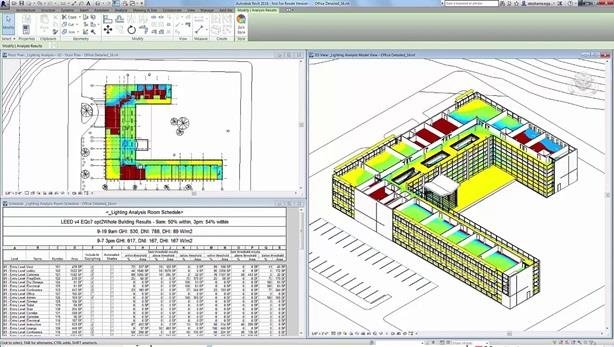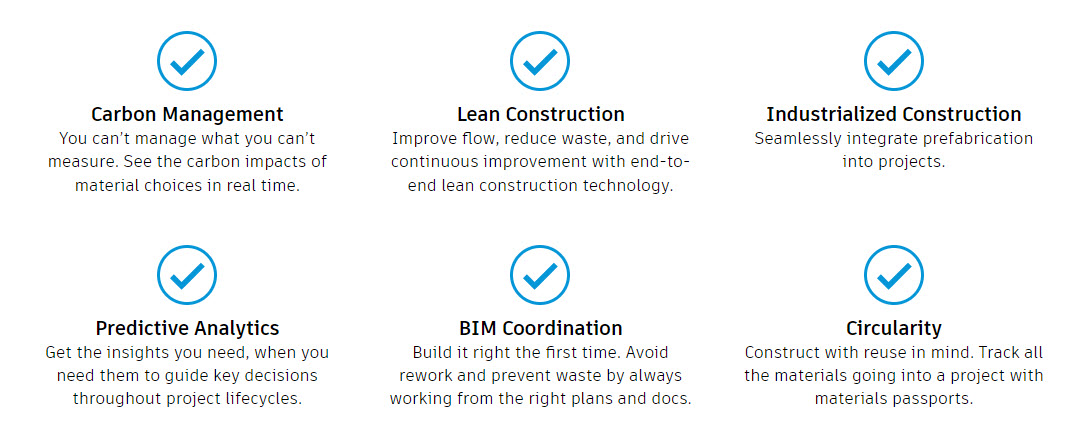
Autodesk: The Tools to Build a Cleaner Tomorrow
Our world, as beautiful as it is, is a rather precarious place. Life thrives on Earth, but not without a fight. It has taken over 4.5 billion years to reach this point and our place in that timeline is beyond miniscule. It can be easy to loose sight of just how short our collective lifespan has been here, given the frenetic activity of our daily lives. Our constant distraction can easily pull our attention away from the fact that, though our time as a species is small, our impact on the planet has become quite large. Our waking and working lives rarely give us the time to reflect on a much larger perspective. It is this lack of perspective that has lead us to forget that we are alone on this (as Carl Sagan aptly stated) “pale, blue dot,” hung in the infinite blackness of space. To put it another way: this is our home, and if we ruin things here, there’s likely no escape for humanity in the future.
It is this caring for the humanity of the future that is driving companies like Autodesk to begin making the necessary changes to help ensure that there’s even a future for humanity. If we don’t fight for ourselves, even our future selves that we’ll never know, who else will fight for us? Here, I will take a moment to reflect on some of the steps Autodesk has taken thus far to show that building a cleaner, more sustainable future is not only possible, but is already happening.

Circular Cities
The economy of a circular city is quite different than the cities we commonly know today. The main difference being that of a circular economy, as opposed to a linear economy. In a linear economy, raw materials are gathered and utilized to build, with many of these materials being wasted without thought of how they can be reused. As stated in a study by the Ellen MacArthur foundation, 50% of global waste and 60%–80% of greenhouse-gas emissions are produced by major cities. The mindset of a circular city takes into account our planets limited resources and then seeks to redesign the process in order to eliminate this waste and pollution. As Missy Roback states in a recent Autodesk article, in this change of economy to a circular city, “products and materials are reused, and natural resources are renewed.”
Autodesk is using their company as a microcosm for this notion. Currently, their facilities, cloud services, and even the employees who work remotely, are all powered by 100% renewable energy. Autodesk’s greenhouse gas emissions have been neutralized across their entire operations for the second year in a row. But, how can this idea of a circular city bear fruit from Autodesk’s products? Autodesk is currently a leader in BIM tools to attain such sustainability. Here’s how…

Green/Sustainable Buildings
Green building design takes into account the natural environment and its health, as well as the building’s inhabitants, through the life of a building. This is a process which strives to create positive environmental impacts, while reducing as many negative impacts as possible. Three main principles are considered within green building design: energy efficiency, materials productivity, and a reduction of embodied carbon.
Autodesk tools such as Revit & Insight provide important energy and solar analysis, which are pivotal in the advancement of green building design and a low-emissions future. By using Insight in tandem with a Revit model, energy optimization techniques allow for the analyzation of a Revit model during the design process. Energy performance can be calculated in lock-step with the design process leading to a more sustainable structure.

Autodesk also offers other tools, such as Fusion 360, which uses generative design to quickly generate high-performing design alternatives. This generative design seeks to imitate a natural, evolutionary approach to design. Designer only need to enter their design goals and parameters into the software. Then, the software will sift through all possibilities and quickly provide multiple design alternatives, leading the designers or engineers to the best solution for cost-savings and reduced environmental impact.

Sustainable Construction
The key to sustainable construction is in it’s approach to building. It is essentially the prioritization of long-term environmental, social, and economic sustainability through efficiency and moderation in using materials and energy. This includes, but is certainly not limited to, energy efficiency, water conservation, and waste reduction.
Autodesk refers to these principles as such:
- Energy-efficient design includes everything from proper insulation to integrating renewable energy sources and energy-efficient appliances to reduce energy waste.
- Water conservation encompasses a range of practices, technologies, and strategies to reduce water use and preserve the quality of water resources.
- Waste reduction involves minimizing waste generated during construction and over the lifespan of the building while maximizing materials that can be reused or recycled.
And this is where the Autodesk Construction Cloud comes into play. The ACC’s incredible palate of tools provides detailed analytics and seamless workflows which give designers and engineers the power to shape a brighter, cleaner future. Not only that, this also saves companies that utilize these tools by allowing them to build with less carbon, saving time on each project, and reaching goals faster than ever. Here’s just a bit of what the ACC can offer to the environmentally-conscious builder:

As can be seen with this information, choosing to build with our planet in mind is not only beneficial to our delicate environment but also can benefit those businesses who adopt green and sustainable building practices. And through it all, Autodesk is at the forefront, providing tools that allow us to build a better future. Even if it is a future we might not live to see. The true lesson in all of this is that our focus needs to expand. We need to be able to not only think about our immediate future, but also the future of humanity as a whole. Build not just for today, but for the tomorrow that will be.
As always, I appreciate the time you take to read these blogs. I also encourage you to look into the links I provided below if you’re interested in learning more about how YOU can help build a better tomorrow. See ya next time!
-Luke

Important Links:
https://www.autodesk.com/solutions/sustainable-construction-software
https://construction.autodesk.com/solutions/sustainability/
https://www.autodesk.com/design-make/articles/circular-city
https://damassets.autodesk.net/content/dam/autodesk/www/sustainability/docs/pdf/autodesk-fy2021-impact-report.pdf
https://www.autodesk.com/sustainability/sustainable-design-technology#:~:text=Technology%20Impact%20Program,your%20impact%20on%20the%20world.
https://www.autodesk.com/sustainability/green-building
https://www.autodesk.com/sustainability/overview
https://www.autodesk.com/autodesk-university/article/BIM-Tools-Sustainable-Buildings-Infrastructure
https://www.autodesk.com/autodesk-university/article/How-Generative-Design-Can-Make-Your-Product-More-Sustainable-and-Help-Your-Company-Make

Leave A Comment